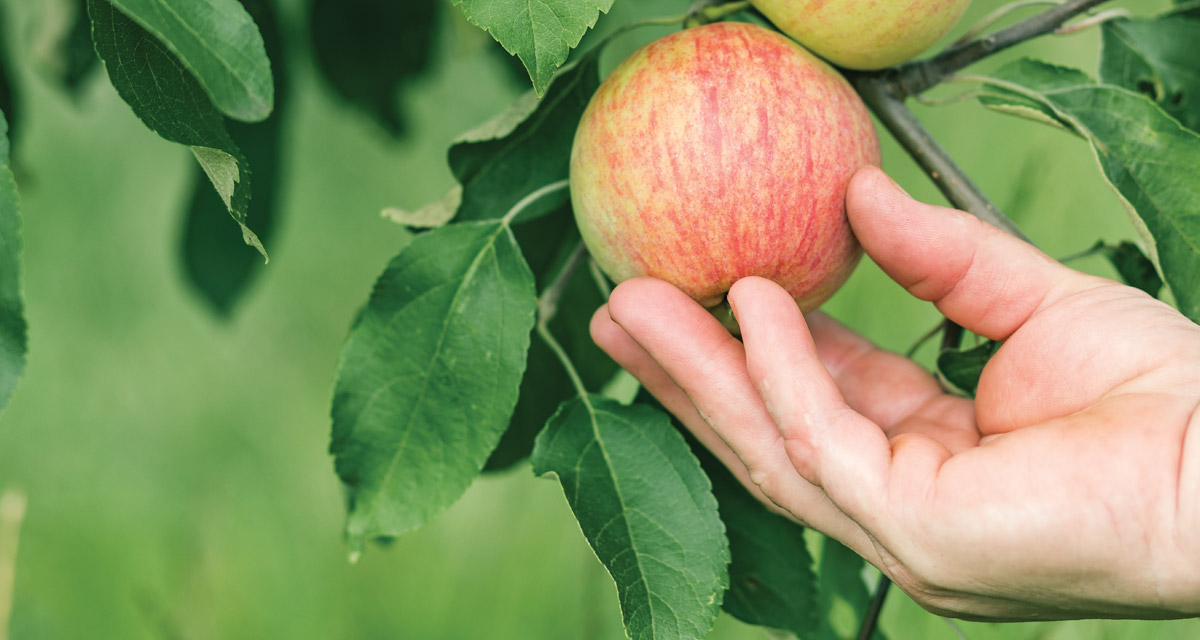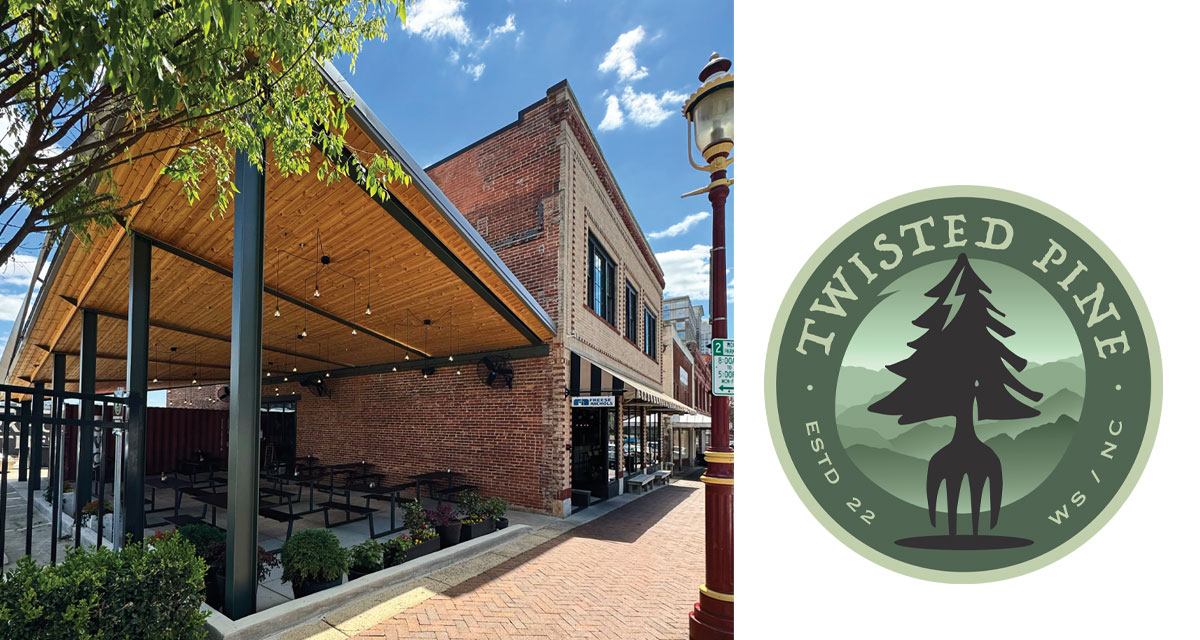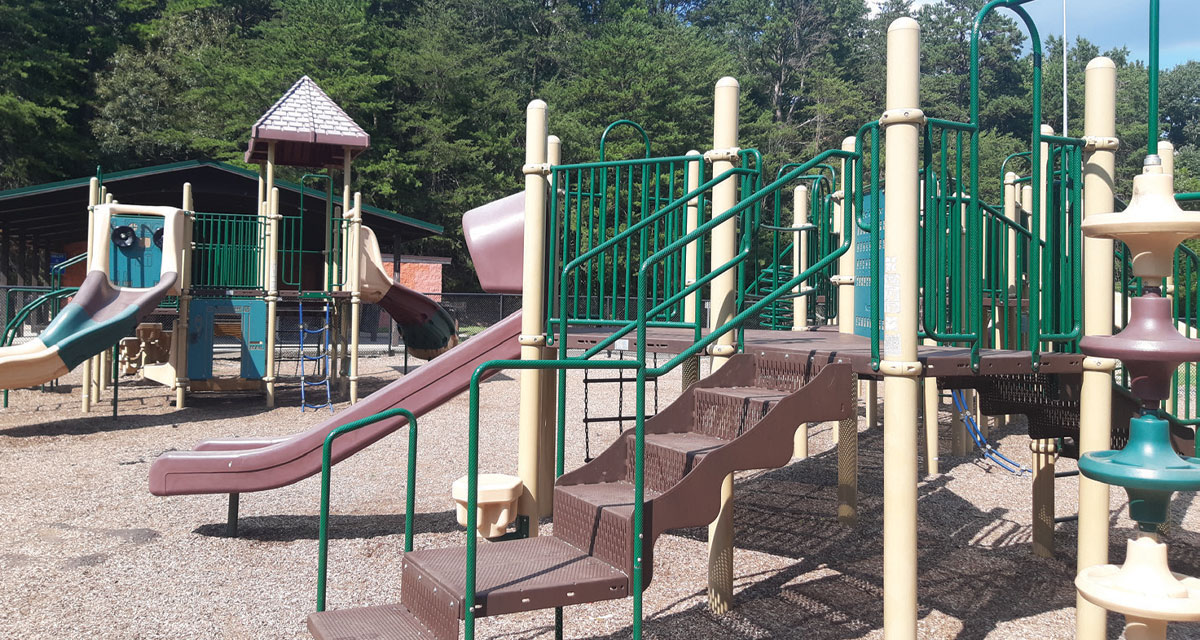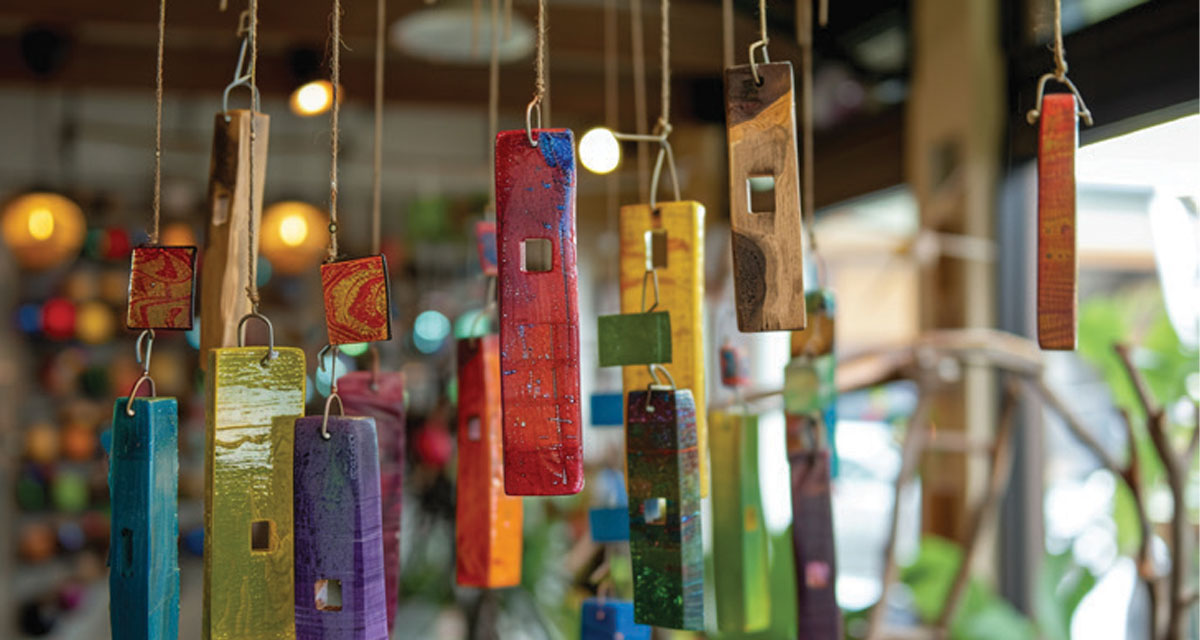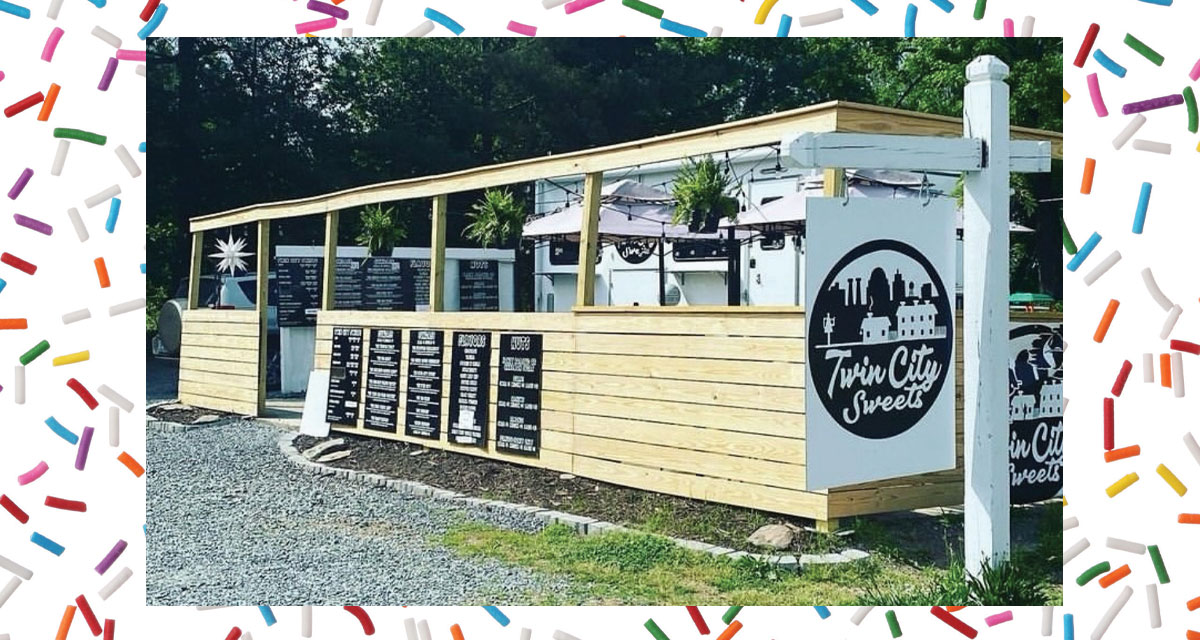Pure joy arrives at the moment a hand extends to a selected branch with an eye on the shiny or plump fruit, and plucks it! The small weight in your hand brings happiness. It is an extraordinary gift in knowing we can grow our food, especially the diverse varieties not common to the marketplace. Unlike the commercial growers, who must harvest well before the date of ripeness, backyard gardeners can wait until their fruit reaches its peak.
Secrets to Success
Shopping for fruit trees can be an overwhelming endeavor. If you have a love of many varieties, it can be challenging to limit yourself to just apples or peaches. The truth is that not all fruits thrive in our zone. The delicate balance of fruit derives from a tree requiring a specific number of chilling hours. Without attaining these criteria, North Carolina’s fruit-bearing trees may not thrive, bear fruit, or they might become affected by the fluctuations between cold and warm temperatures during the winter season. Since zone seven has a plethora of options, however, our climate is not partial in growing apricots, cherries, and raspberries.
What is Cross-Pollination?
The birds and the bees positively affect the fruit and the trees. The need for a pollinator assists fruit development. Without the transfer from the stamen (male) to the pistil (female), apples, pears, plums, muscadines, and blueberries would not yield fruit.
To welcome the pollinators into your orchard, consider hanging birdhouses on a fence or a post. If you are not aiming to try beekeeping with one or two hives, include a birdbath with one or two rocks partially below the water level to encourage the honeybees to stop, rest, and drink.
Meticulous Inspection of the Tree’s Quality
Not all trees grow as seedlings in North Carolina. Most of the trees come from the Northwest region and are shipped. It is vital that you carefully assess the tree before buying it with the following criteria:
- The tree stands tall and straight at roughly four to six feet;
- It has a large root ball, even if it is a small tree;
- The leaves are green and not yellowing (a sign of stress);
- The branches appear healthy and well-spaced;
- The trunk is free of wounds or damage.
Alternative options are semi-dwarf and dwarf trees, which only require 12 feet and 10 feet respectively for apples.
Site Selection and Planting
An advantageous spot offers at minimum eight hours of sunshine a day, and proper drainage. While you can amend your soil with compost and leaves to increase quality, the quality cannot change after planting. Nutrients added to the surface will filter to the roots; therefore, consider testing the soil to determine the levels of pH.
- Dig a hole that is twice as wide as the root system, and as deep as the root ball. As roots expand along the surface, the taproot will burrow down into the ground to create an anchor.
- Shorten by cutting the roots that exceed the hole to prevent a circling formation.
- As the tree grows, the roots will not exceed the longest branches. Try and eliminate weed or grass growth by placing a weed barrier and cover with mulch.
Take into consideration the mature size before planting the second and third three. While figs need to be 10 feet apart, pears and plums require 20 feet to thrive.
The Five-Hundred-Dollar Hole
Preparing a tree’s home is an arduous task. Fruit may not arrive for several years; yet, the rewards may yield a prosperous harvest from two years to perhaps ten, depending on the variety and quality of the tree.
Start planning! The fall season is an ideal time to establish an orchard. In the state of dormancy, rain and snowmelt help to compact the soil around the roots. As warmer weather arrives and maintains consistency, the trees will show a year’s growth and prosper with continued care and adequate water!
Next Month: The Rules of Pruning

